-
Subscribe
Thanks for stopping by The Colorful Bee! Stay in touch and never miss a post. Subscribe to receive an e-mail when a new post is up, HERE.Sponsor
If you're interesting in advertising on The Colorful Bee, click here to learn more.Contact
You can also email me at Linda.Leyble@gmail.com Categories
Subscribe
Popular posts
-
Recent Posts
Blogroll
Links
Tag Archives: gold leafing
5 Things to Paint in a Day (or Less!)
I always need some instant gratification…how about you? I thought I’d post some easy things to do when you want to update some items you already have in your home. Paint is the quickest, easiest and least expensive ways to transform just about anything!
Mirrors…
And after… (more…)
Thanks for stopping by The Colorful Bee! Stay in touch and never miss a post.
*Subscribe to receive an e-mail when a new post is up, HERE.
*Subscribe to receive an e-mail when a new post is up, HERE.
Favorite Projects and Blog Posts from the Past Year
Hello everyone! I hope that you are all enjoying your holidays and some much needed time off. I thought I would have some down time – but, as usual, a few clients need my help before the New Year. I don’t know why this happens to me every year – but it does! Not complaining at all…but I was looking forward to some rest. Yesterday I finished a logo on a gym floor (oh my aching knees and back) and tomorrow I am helping a client move into a new home. I had a few minutes, so I thought I’d share my most popular posts…in case you might have missed a few! Happy Holidays and a very prosperous New Year to you all!!
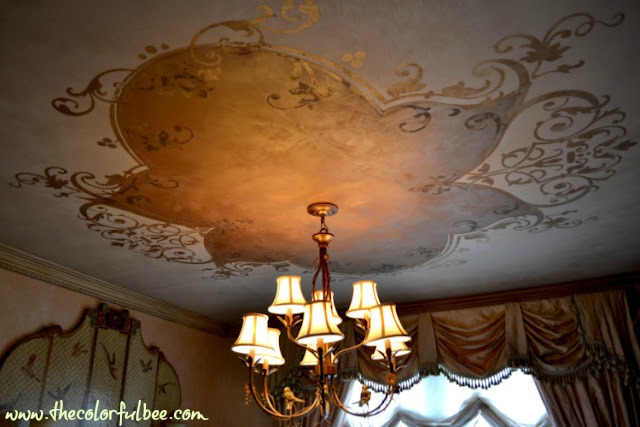 My Dining Room Ceiling: You can read about how I created this step-by step here
My Dining Room Ceiling: You can read about how I created this step-by step here
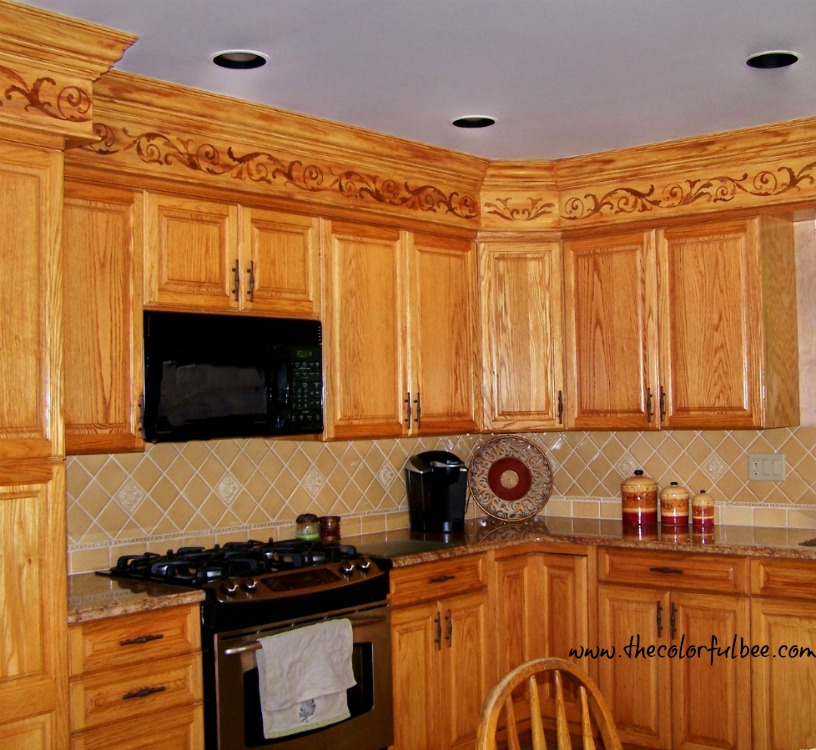 A Creative Way to Disguise Ugly Kitchen Soffits: Read about how I helped a client transform her kitchen very inexpensively here.
A Creative Way to Disguise Ugly Kitchen Soffits: Read about how I helped a client transform her kitchen very inexpensively here.
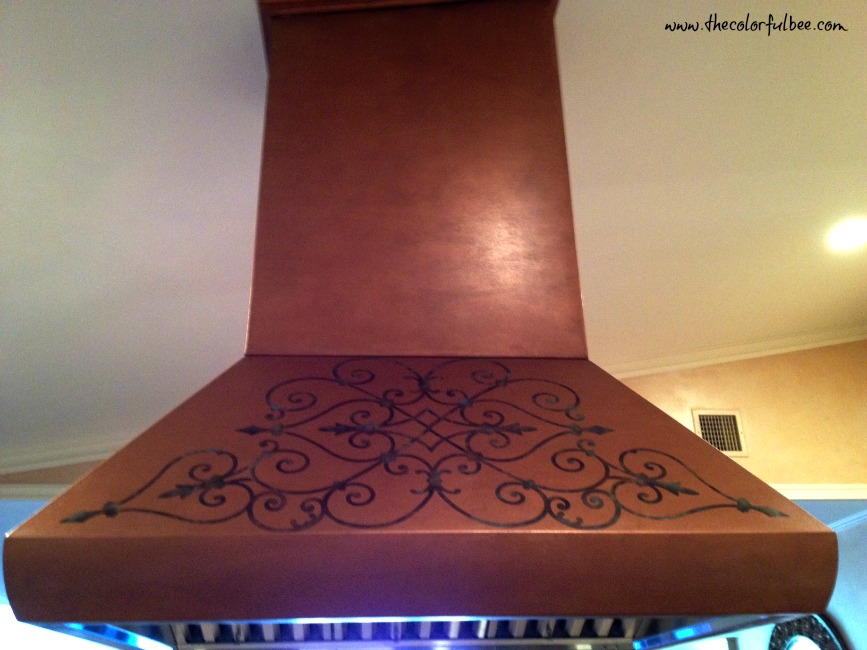 Here’s how I helped a client transform her ugly commercial range hood into a design statement. Click here for the steps I took to do this.
Here’s how I helped a client transform her ugly commercial range hood into a design statement. Click here for the steps I took to do this.
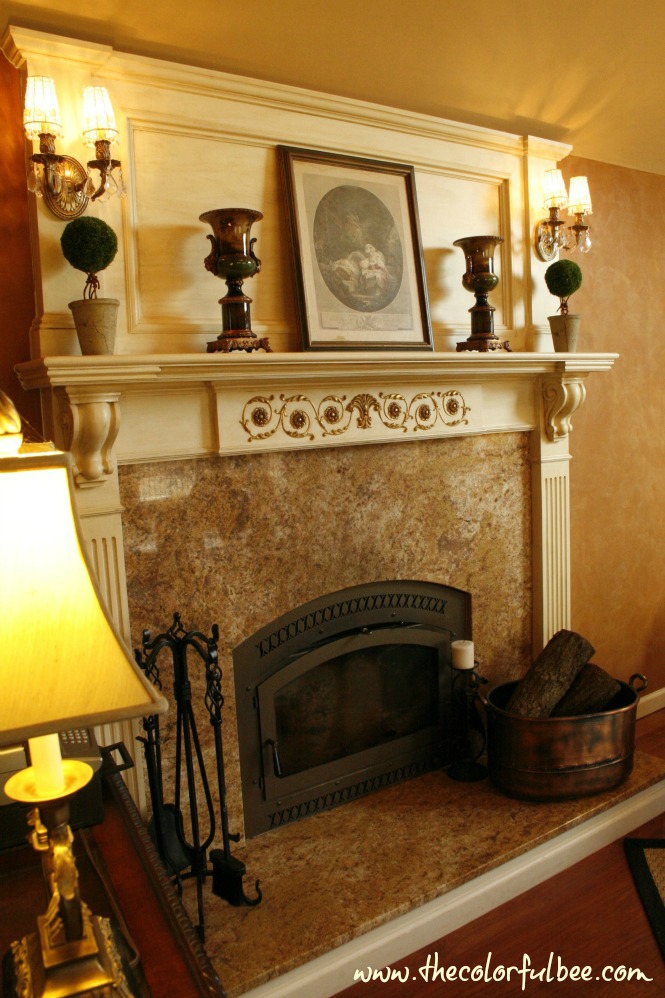 My how to antique and gold leaf a mantle was pretty popular on the blog as well.
My how to antique and gold leaf a mantle was pretty popular on the blog as well.
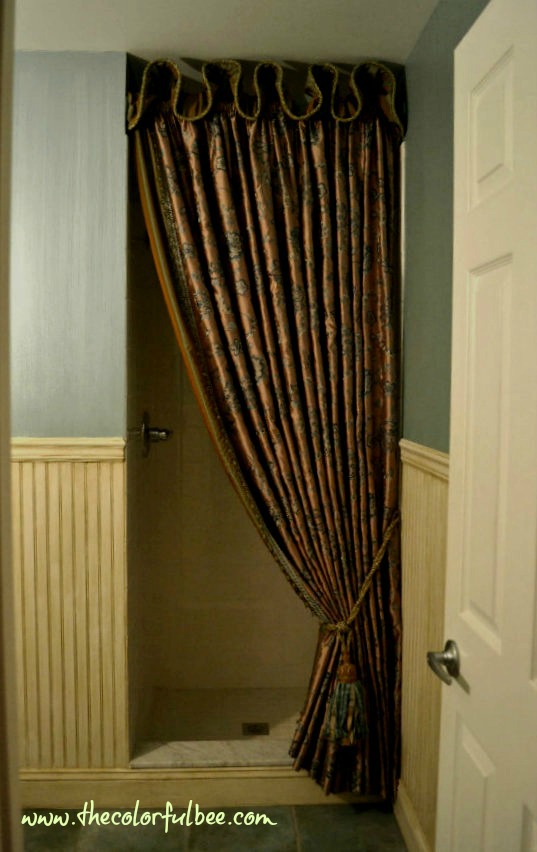 And so was this tutorial on how to do a stried wall treatment and how I transformed a powder room that the homeowner was finally proud of.
And so was this tutorial on how to do a stried wall treatment and how I transformed a powder room that the homeowner was finally proud of.
Hope you enjoyed this! Comment below and let me know what projects you were most proud of this year!
Sharing this with: Katherine’s Corner
Thanks for stopping by The Colorful Bee! Stay in touch and never miss a post.
*Subscribe to receive an e-mail when a new post is up, HERE.
*Subscribe to receive an e-mail when a new post is up, HERE.
2 Comments
Posted in interior design, Uncategorized
How to Create an Heirloom: Easy Way to Add Years to New Furniture
Sometimes you buy a piece of furniture that you love but when you get it home it just doesn’t seem to “go” with your home. This happens to me every now and again – unless I’m buying an antique. I find that by giving it a little bit of antiquing helps quite a bit.
I purchased a lovely Swedish clock that was reasonably priced – especially when I compared it to the real deal antiques that I’ve seen online. The all white clock just looked out of place in my traditional home. So – I got to work, giving it a bit of aging.
- First, I used a clear coat (Aquaseal from Faux Effects) on the entire piece. This seals the surface very well and ensures a better glaze. I let that dry.
- Then I added some adhesive size to some of the the edges of the clock – wherever I wanted to see some gold leafing that was fading. I let it come to tack (about a half hour or so) and then I ripped up some Dutch Metal Gold Leaf and put it on haphazardly wherever I put the size. Let dry.
- Next I mixed up some browns and golds into my glaze mixture (I used Faux Creme clear from Faux Effects) and set about antiquing the piece.
- Finally, after everything was dry, I mixed up some brown and dark brown colorant and dipped a chipbrush into it (and offloaded onto a paper towel) – and then I drybrushed here and there and on the edges to give it more age.
I loved the simplicity of it – just a gentle aging. But as I lived with it what annoyed me was the fact that the clockface still looked new! So I got to work aging the clockface. I just used some glaze that I had leftover from another project that was similar to the glaze I used for the body of the clock – putting it on with a chipbrush and then smoothing it with a badger brush (but you can use any soft bristled brush that you have on hand).
Now the clock looks like it belongs in my home. Everything in my home shows it’s age – including me, sorry to say! I may try to find an an antique clockface to really make it look like an heirloom. And I may do some handpainting on it to give it a little more character.
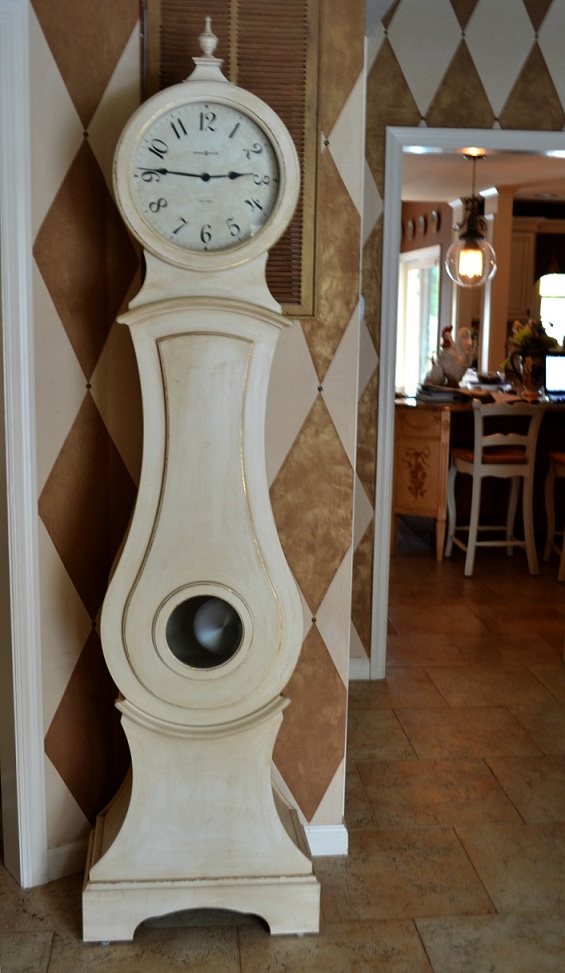 I hope you enjoyed looking at my project! If you’d like to know more about the Venetian Plaster wall finish in the entryway, click here.
I hope you enjoyed looking at my project! If you’d like to know more about the Venetian Plaster wall finish in the entryway, click here.
Sharing this with: Funky Junk Interiors; Between Naps on the Porch; Be Colorful; Home Stories from A to Z; BoogieBoard Cottage; Miss Mustardseed; French Country Cottage; Cherished Bliss
Thanks for stopping by The Colorful Bee! Stay in touch and never miss a post.
*Subscribe to receive an e-mail when a new post is up, HERE.
*Subscribe to receive an e-mail when a new post is up, HERE.
22 Comments
Posted in Uncategorized

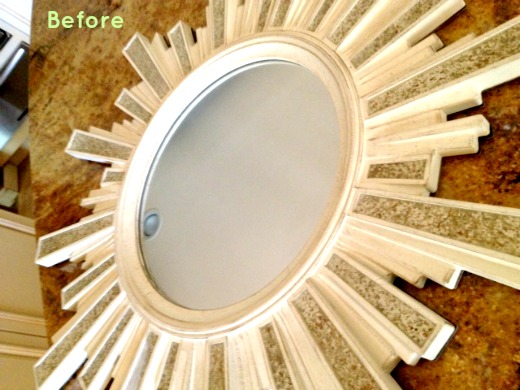
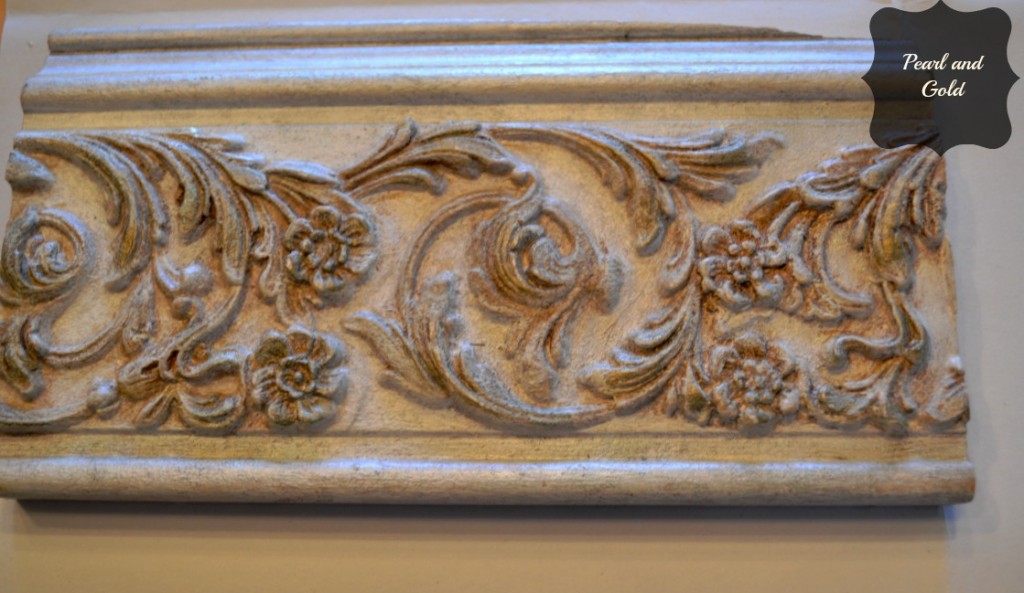
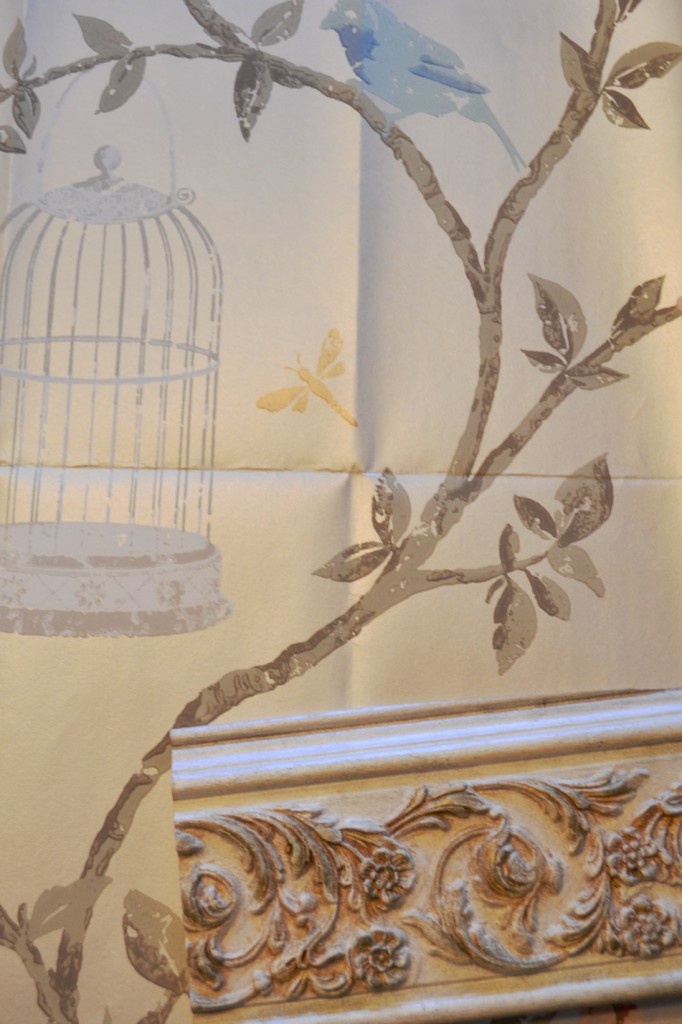
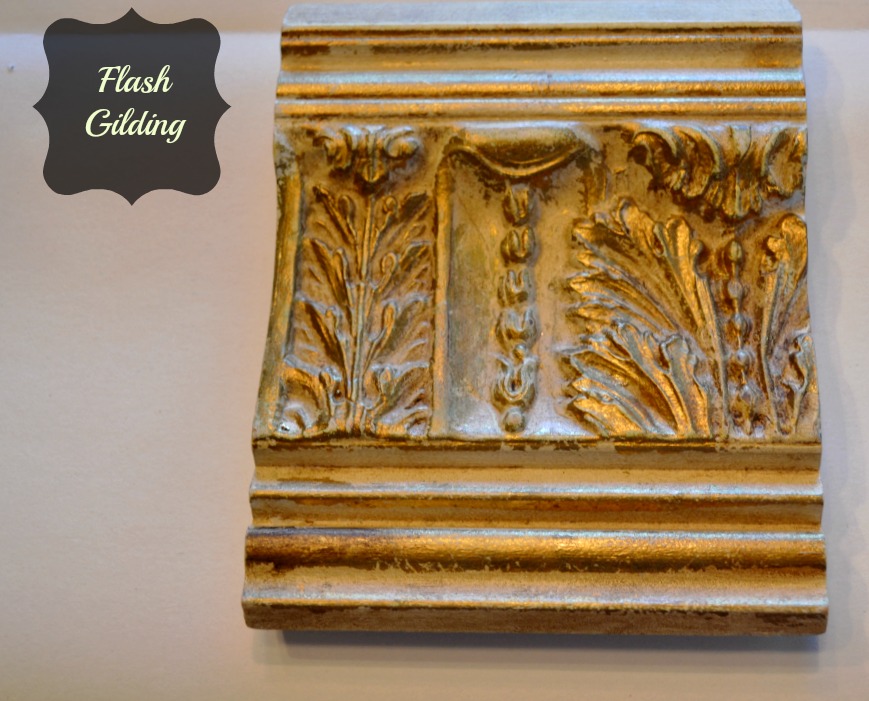
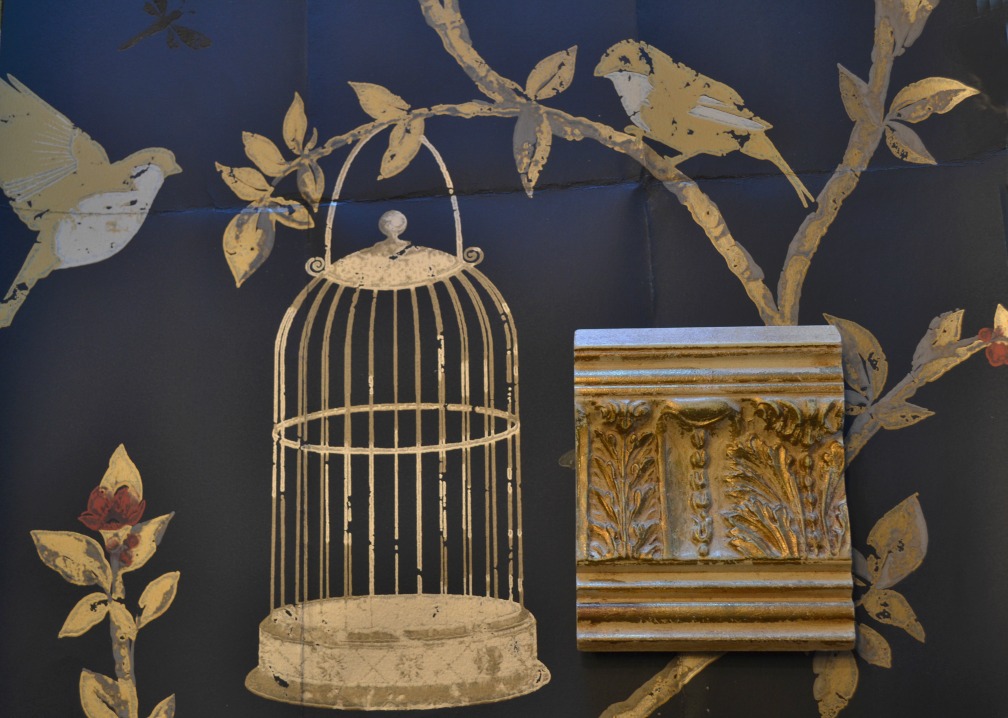
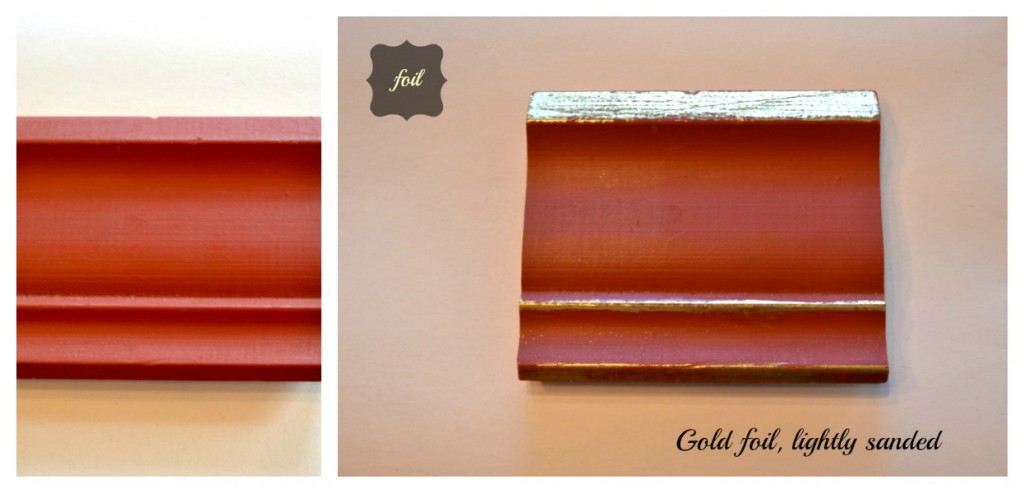
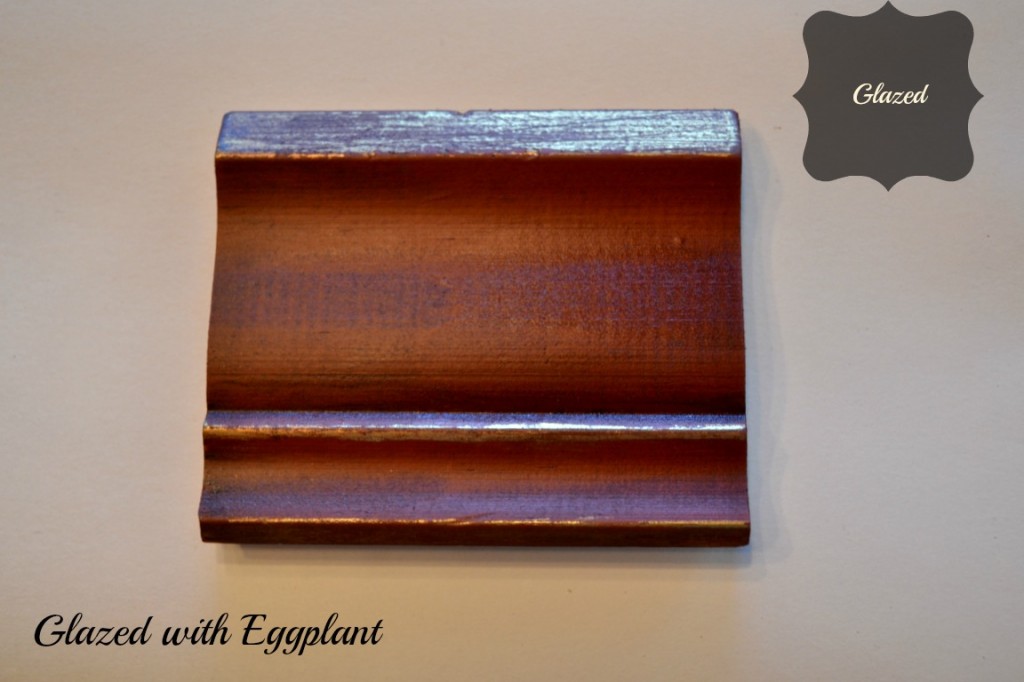
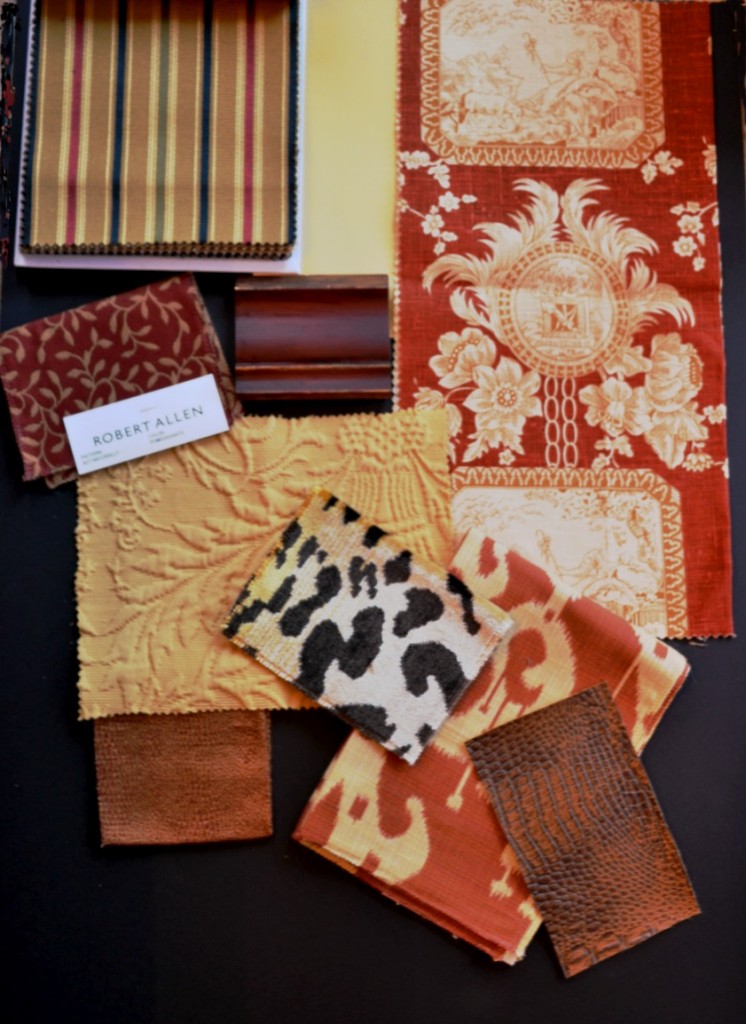
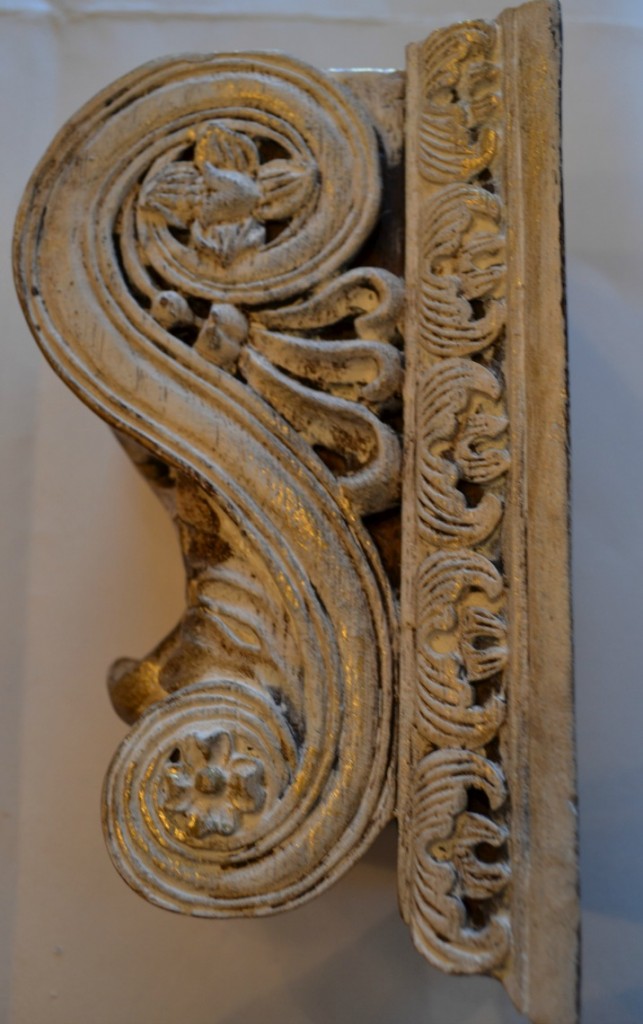
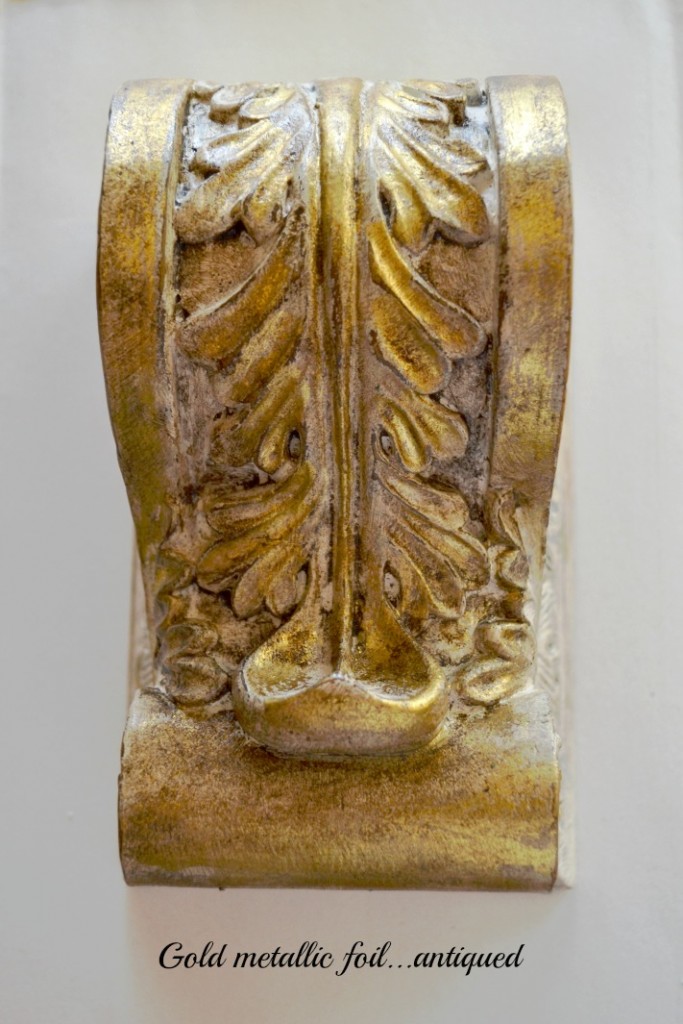
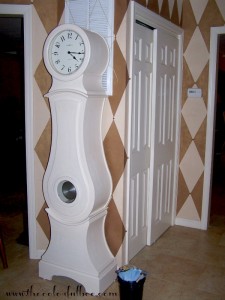
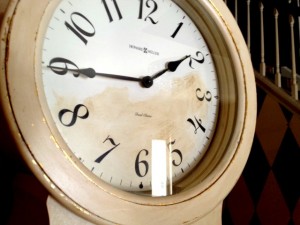
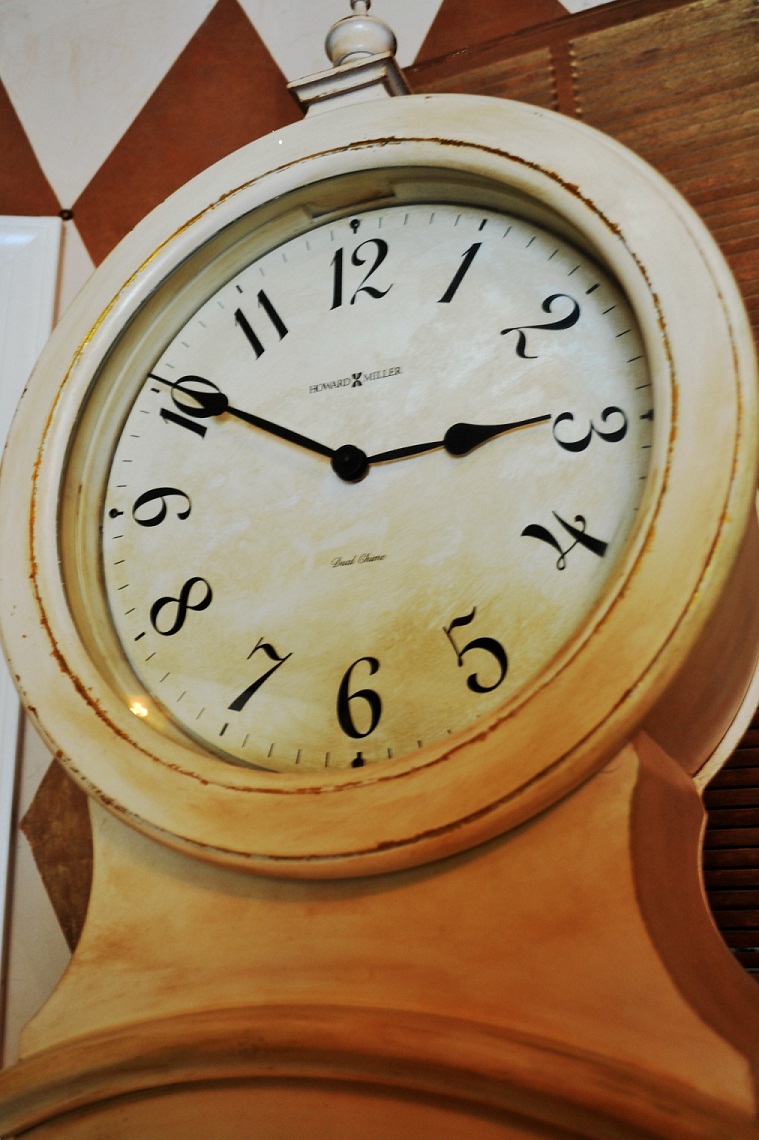

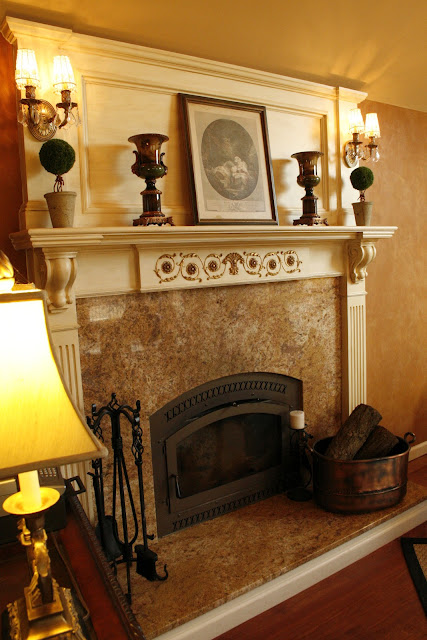









 Decorative Finishes
Decorative Finishes Interior Design
Interior Design Home
Home Garden
Garden Holiday
Holiday Makeovers
Makeovers My Life
My Life Business
Business Tutorials
Tutorials Videos
Videos Paint
Paint